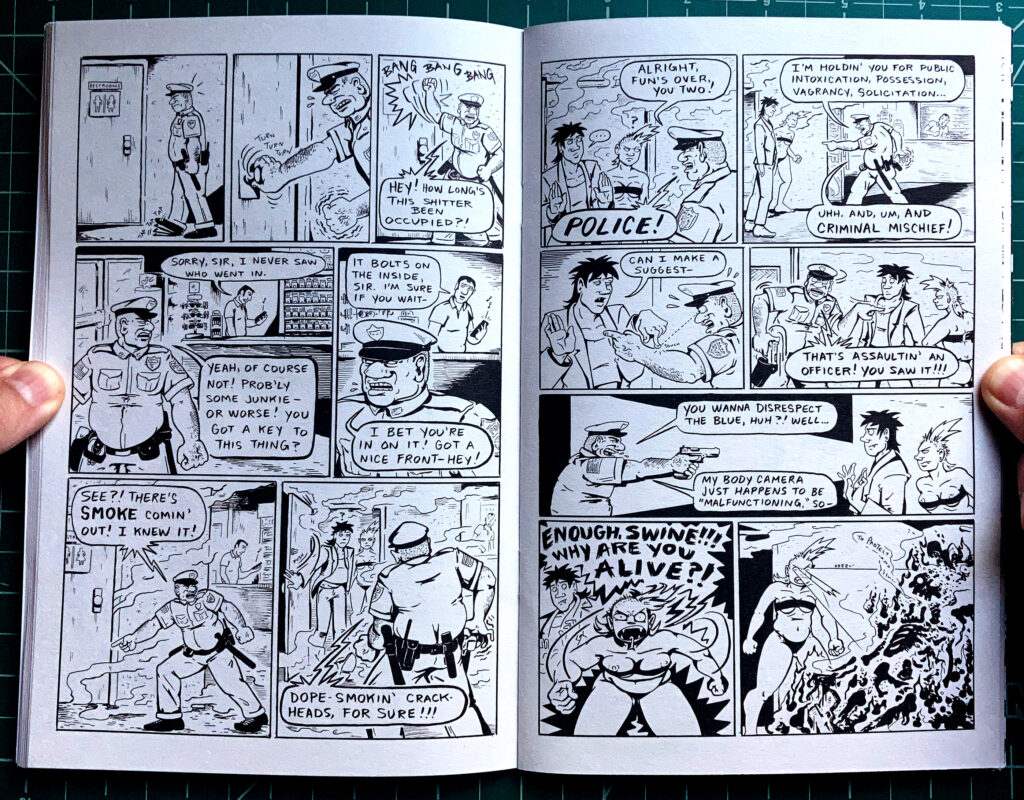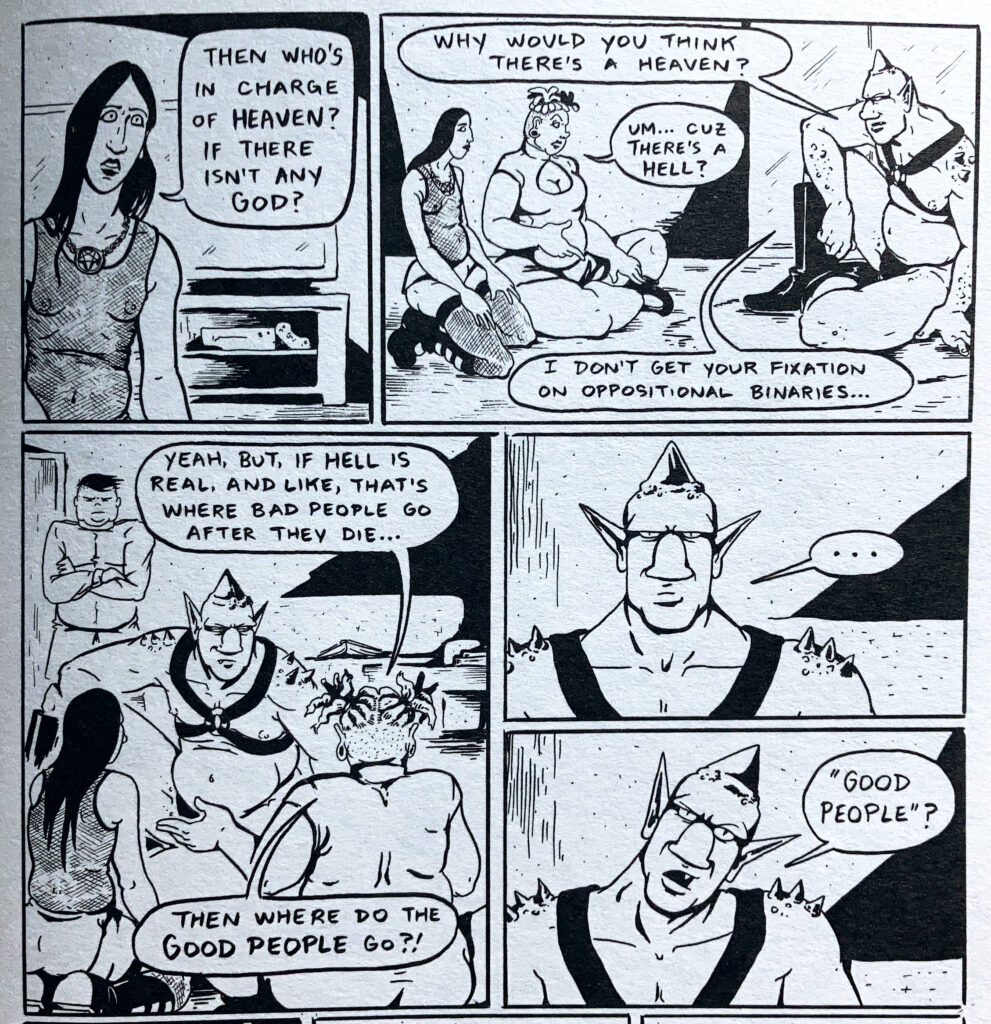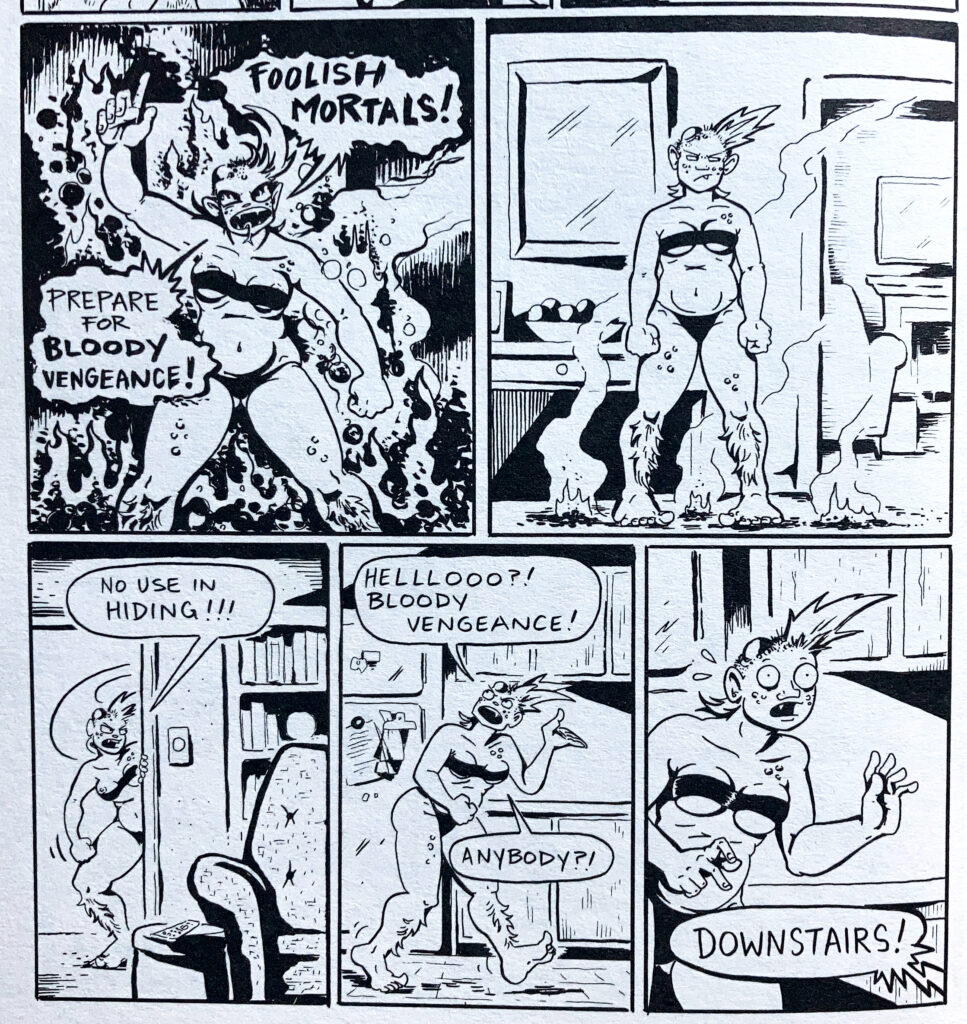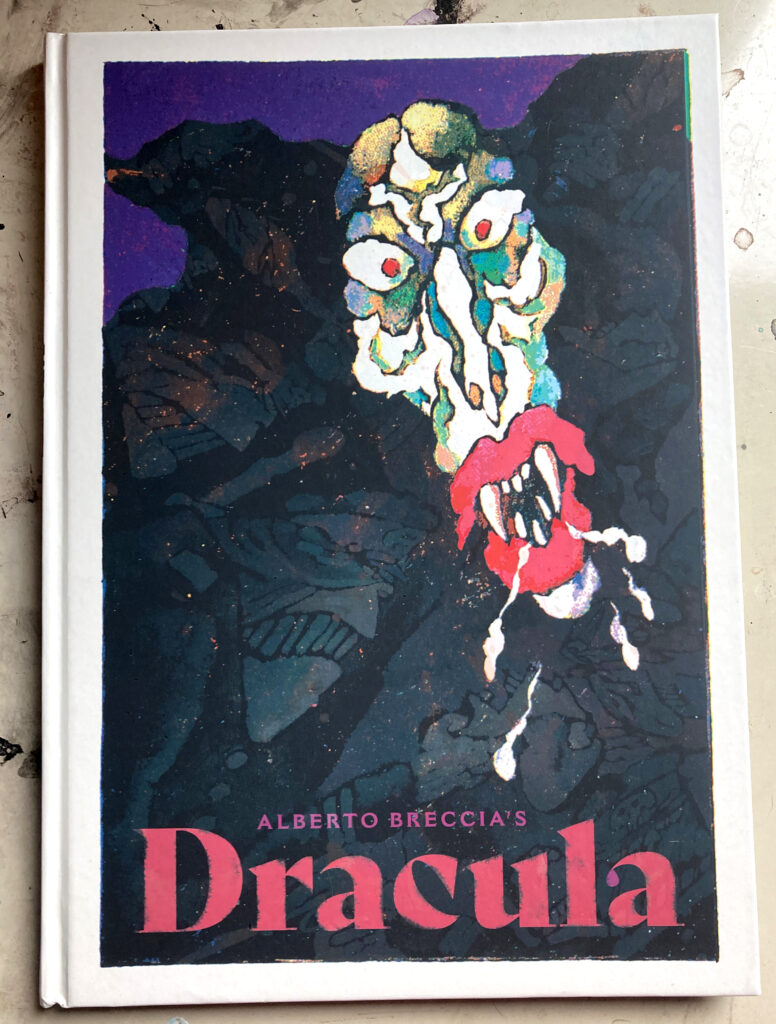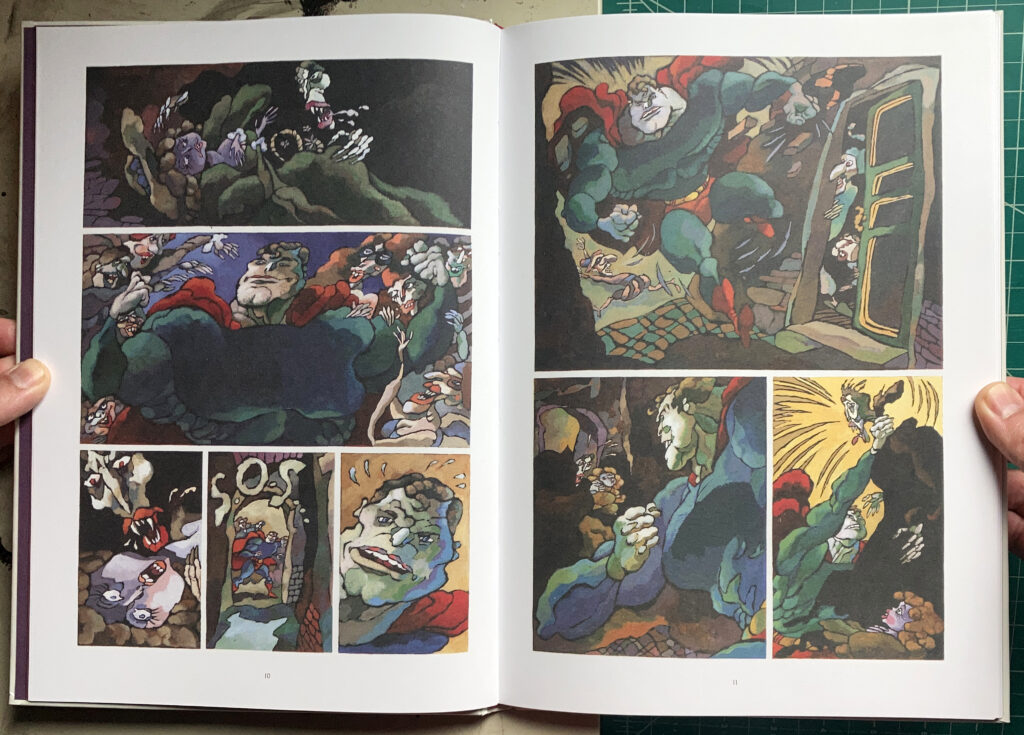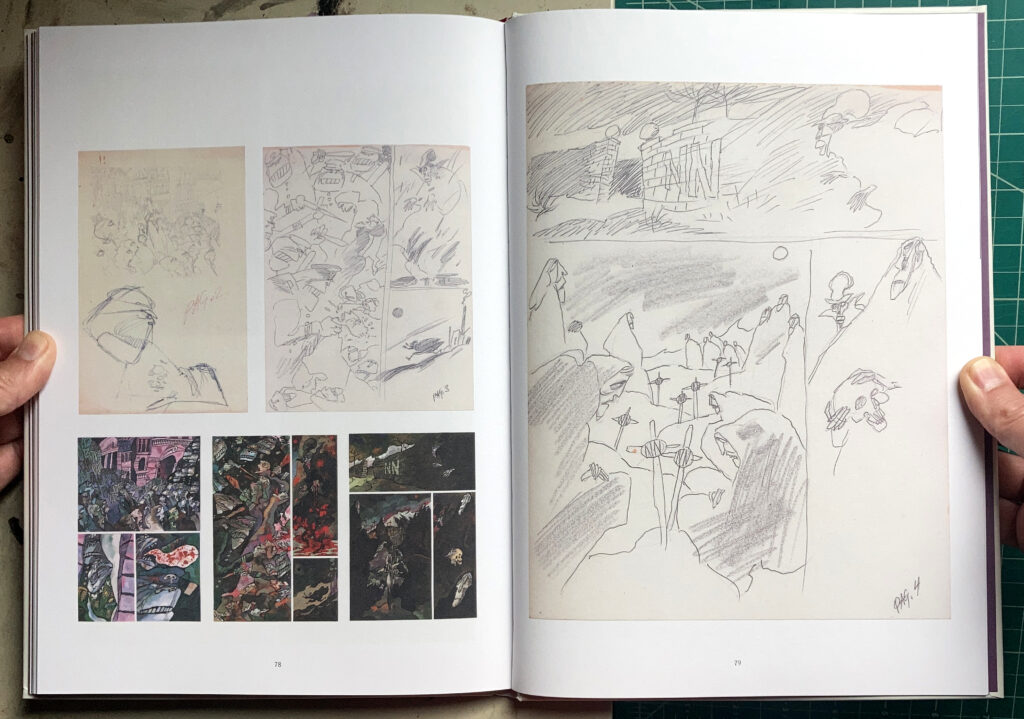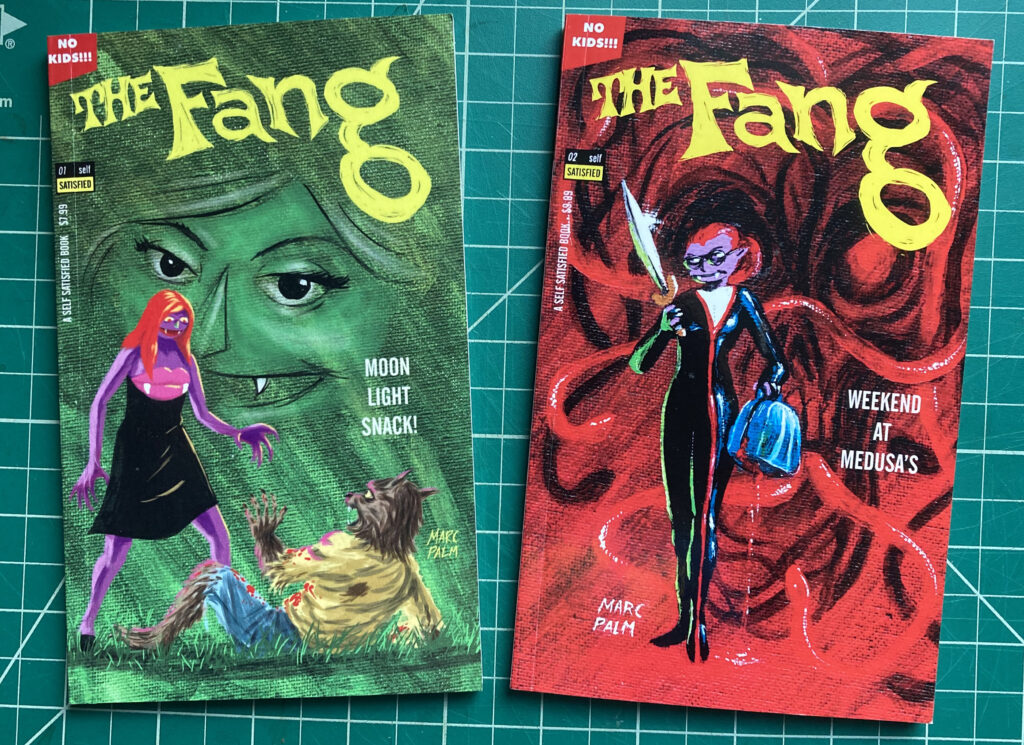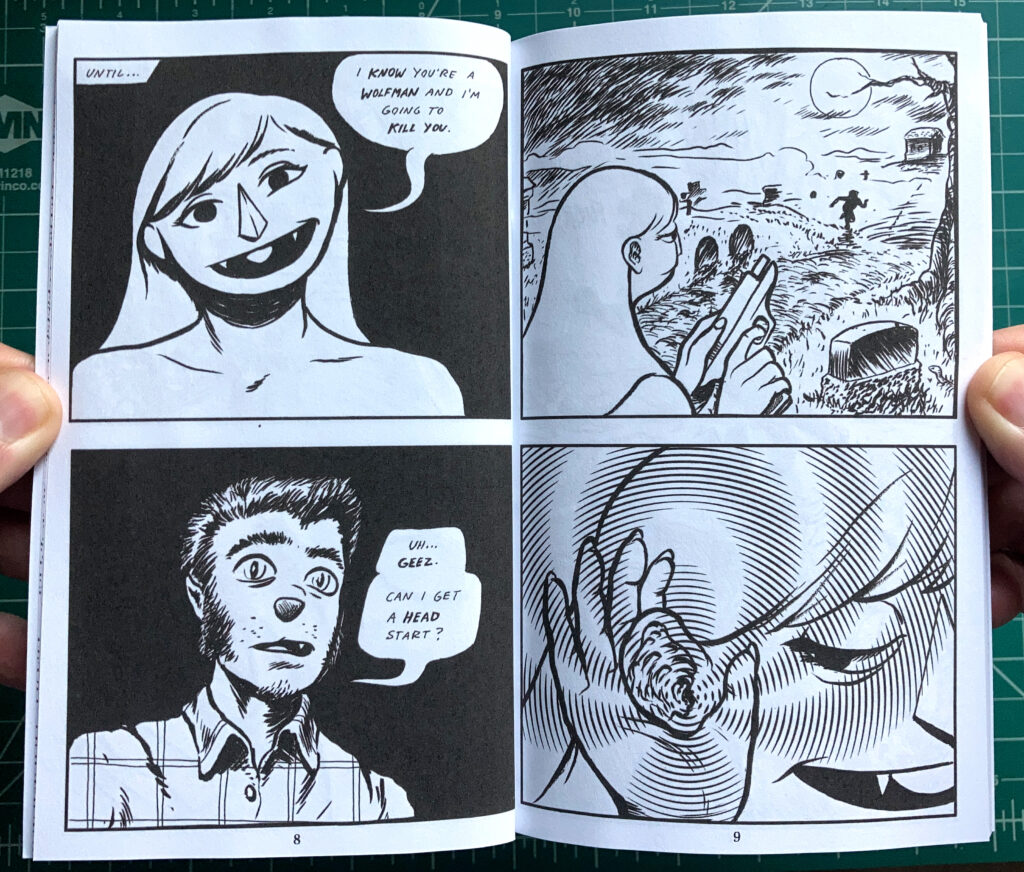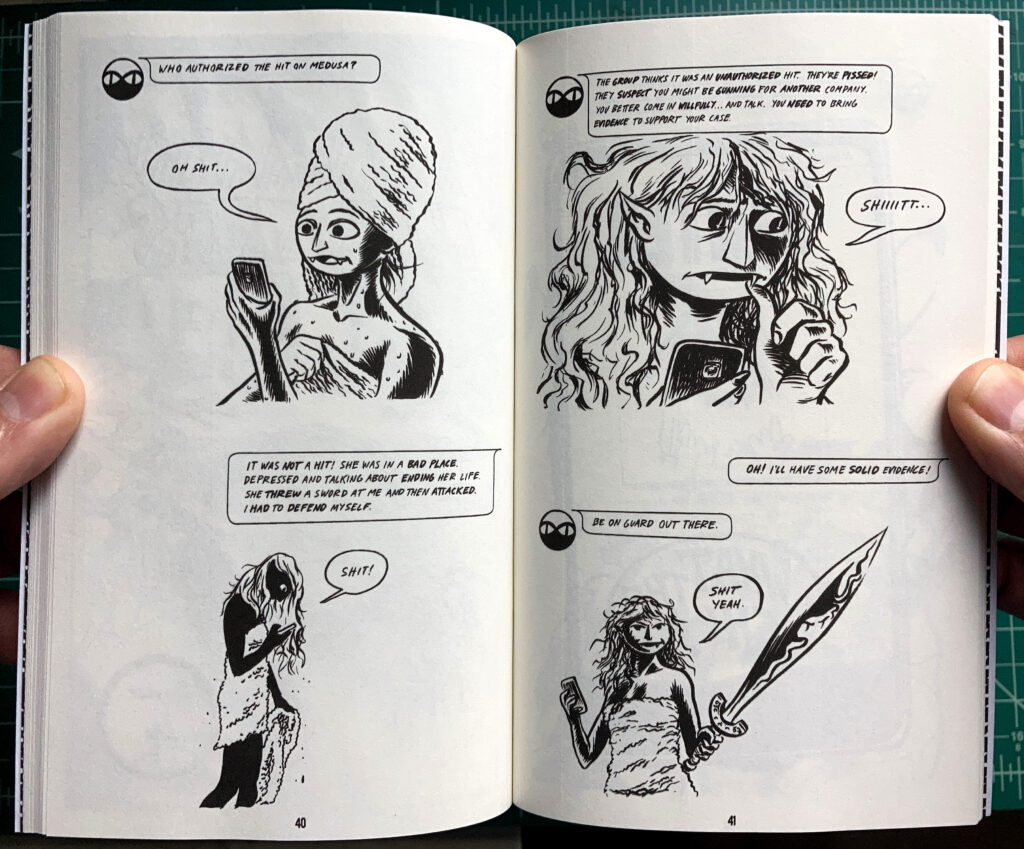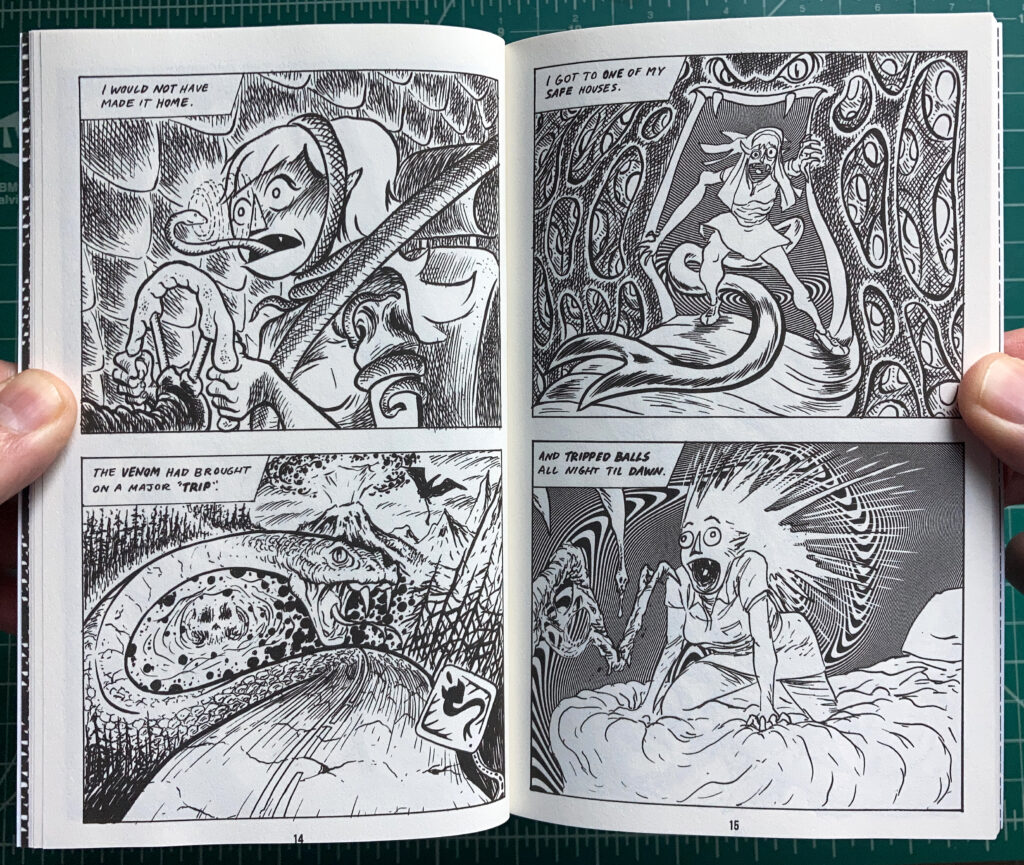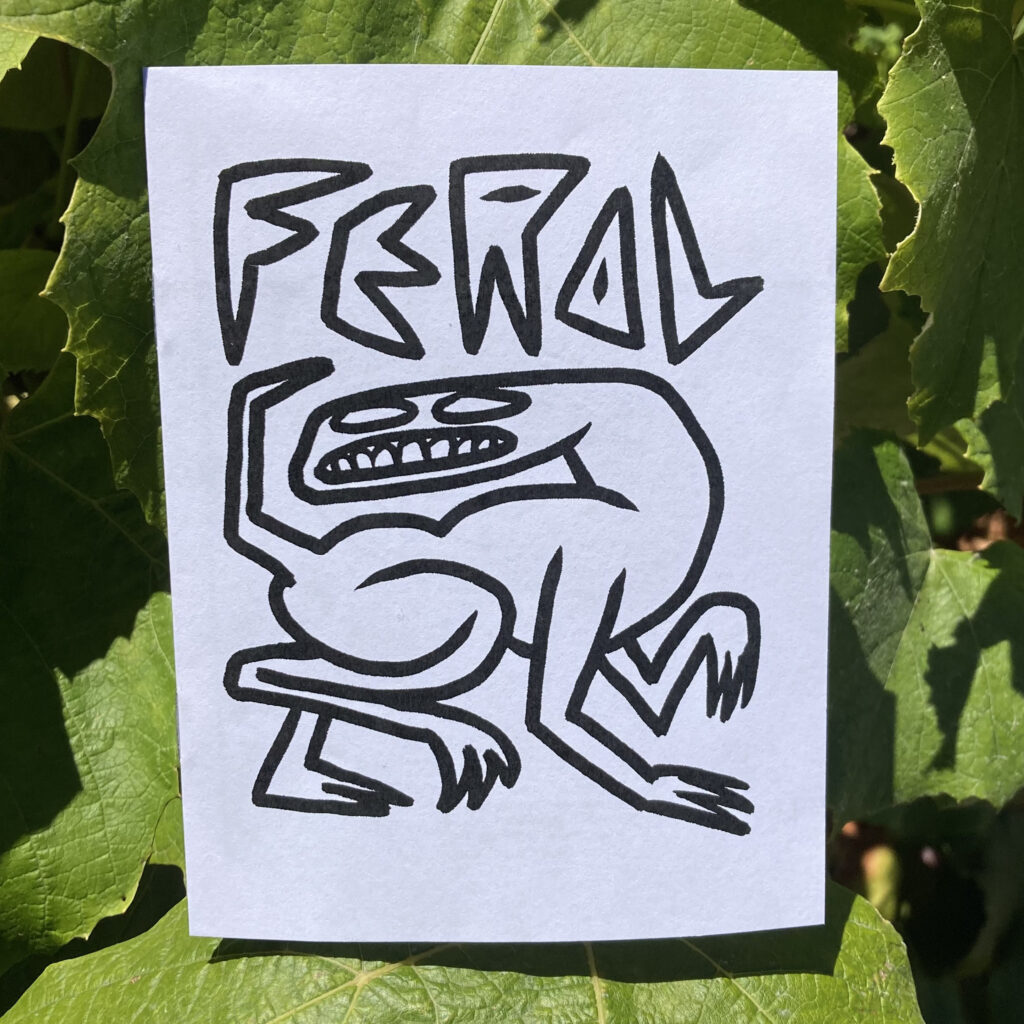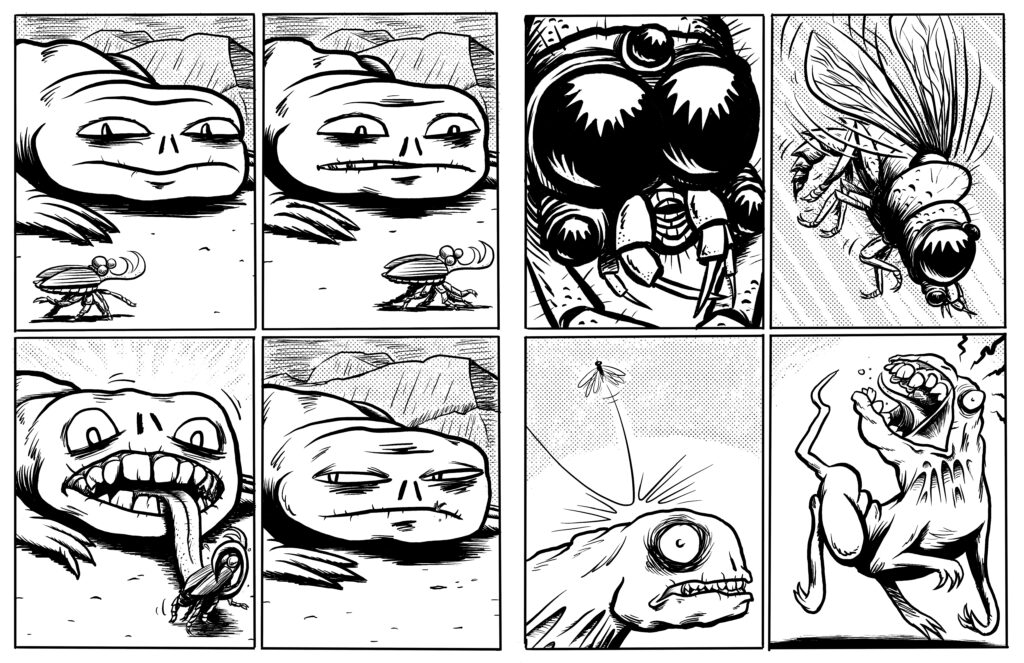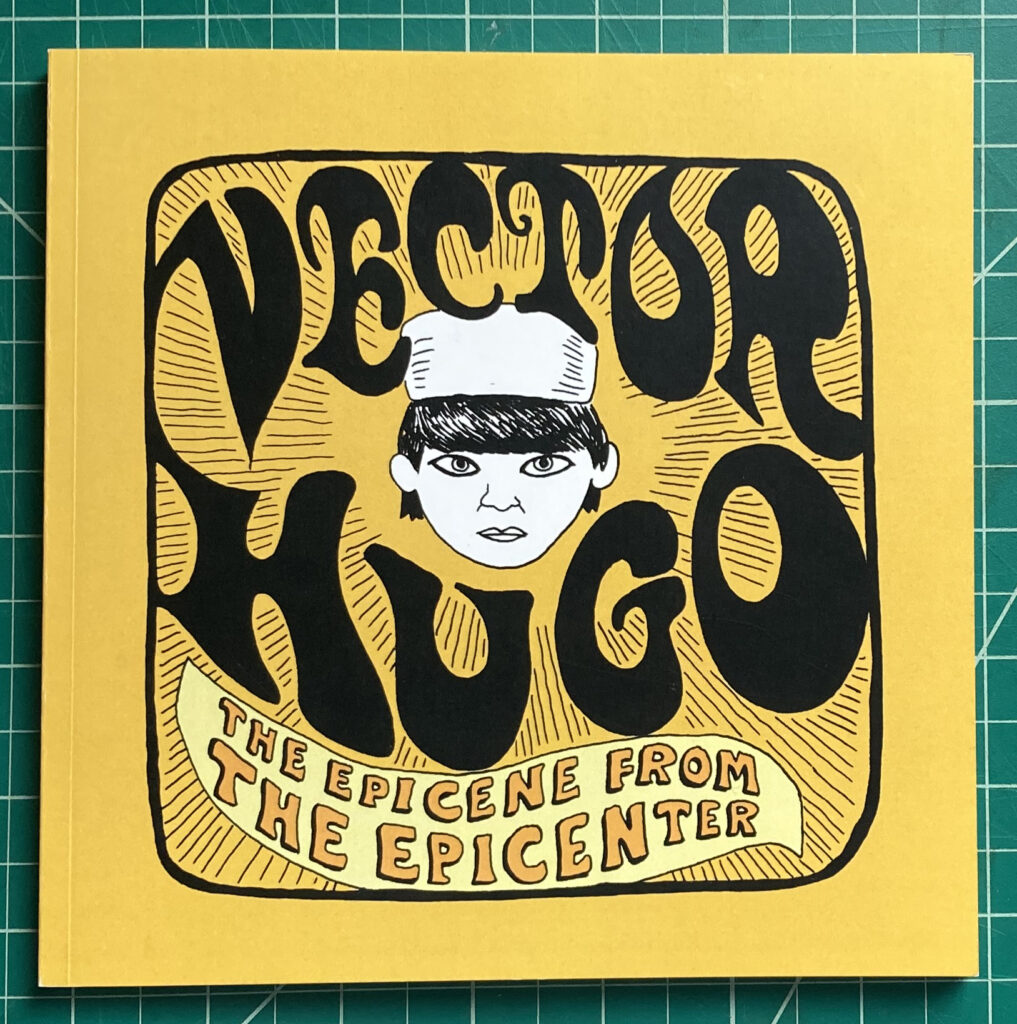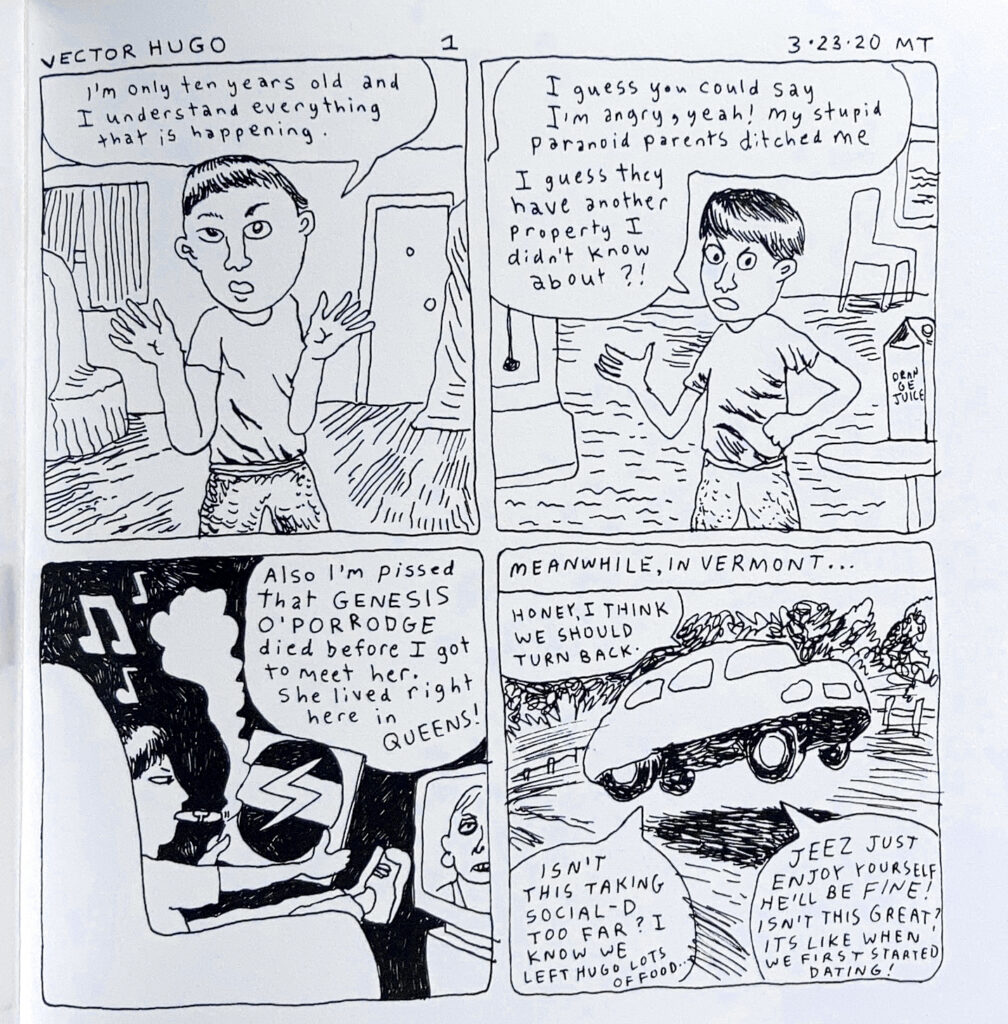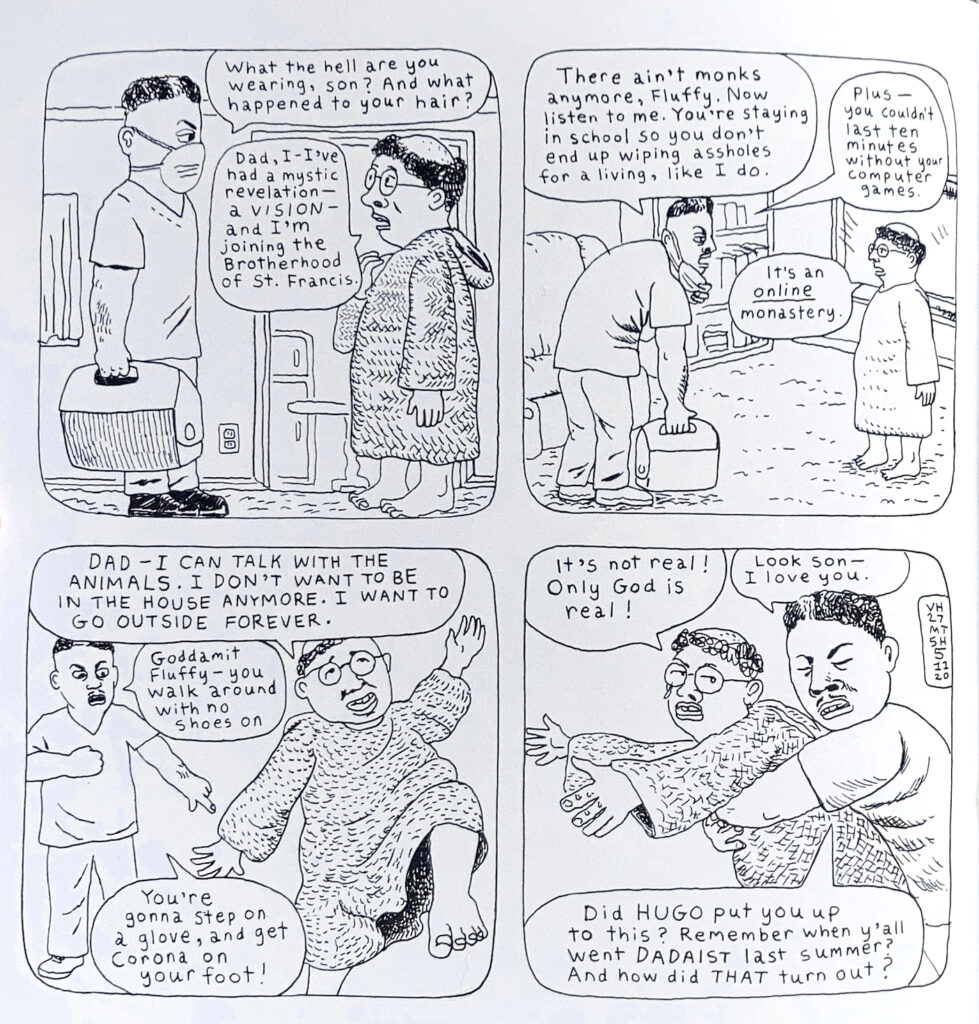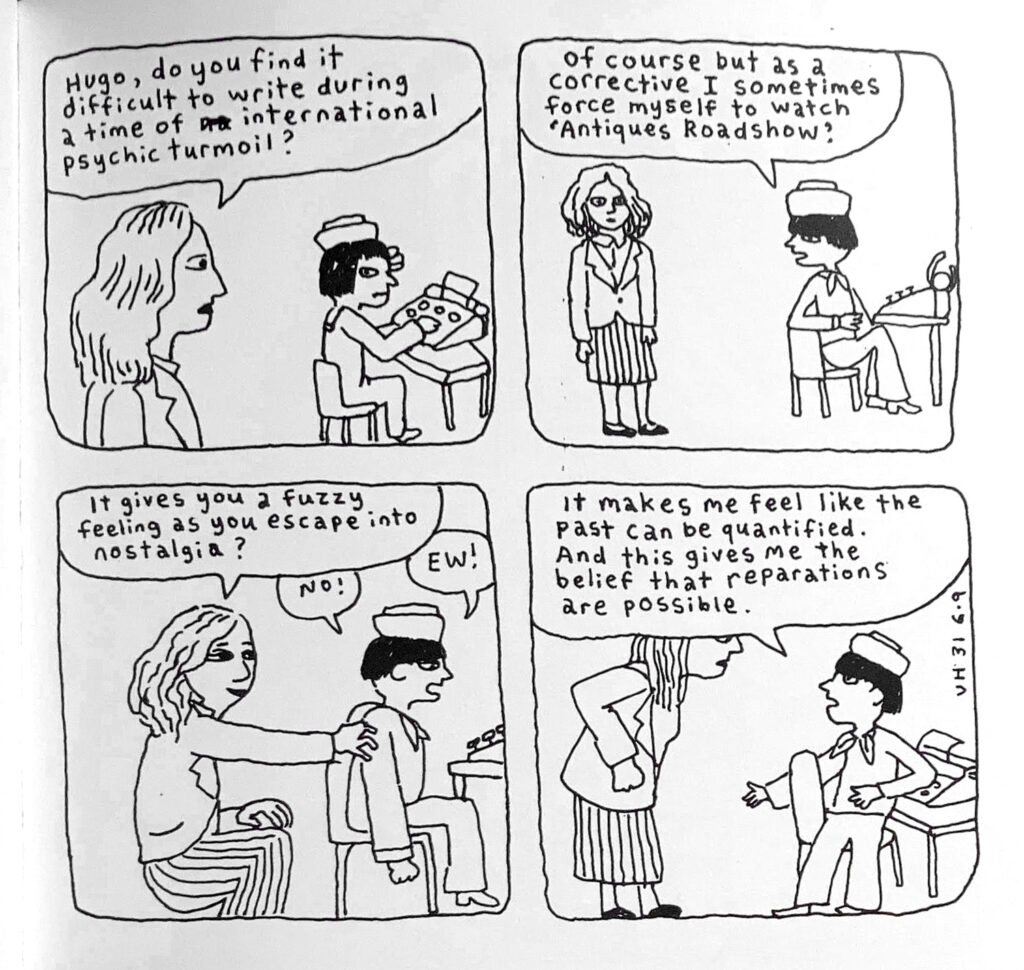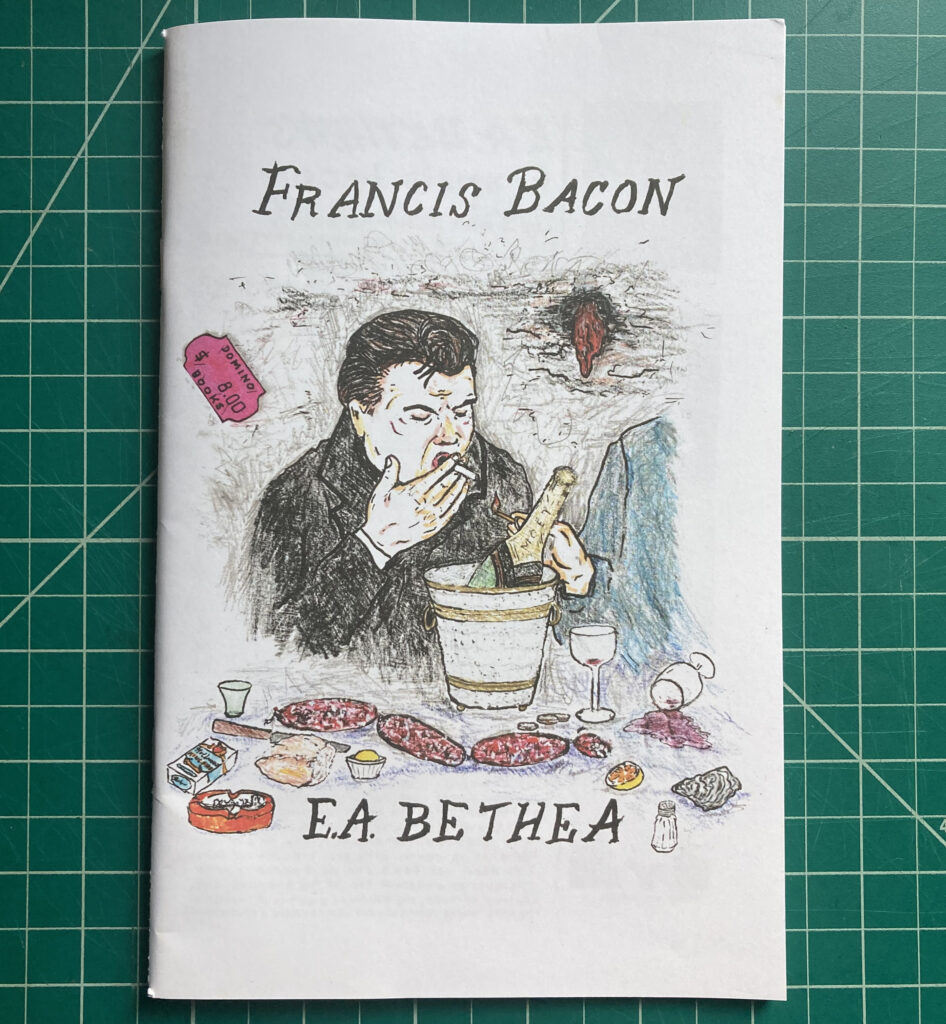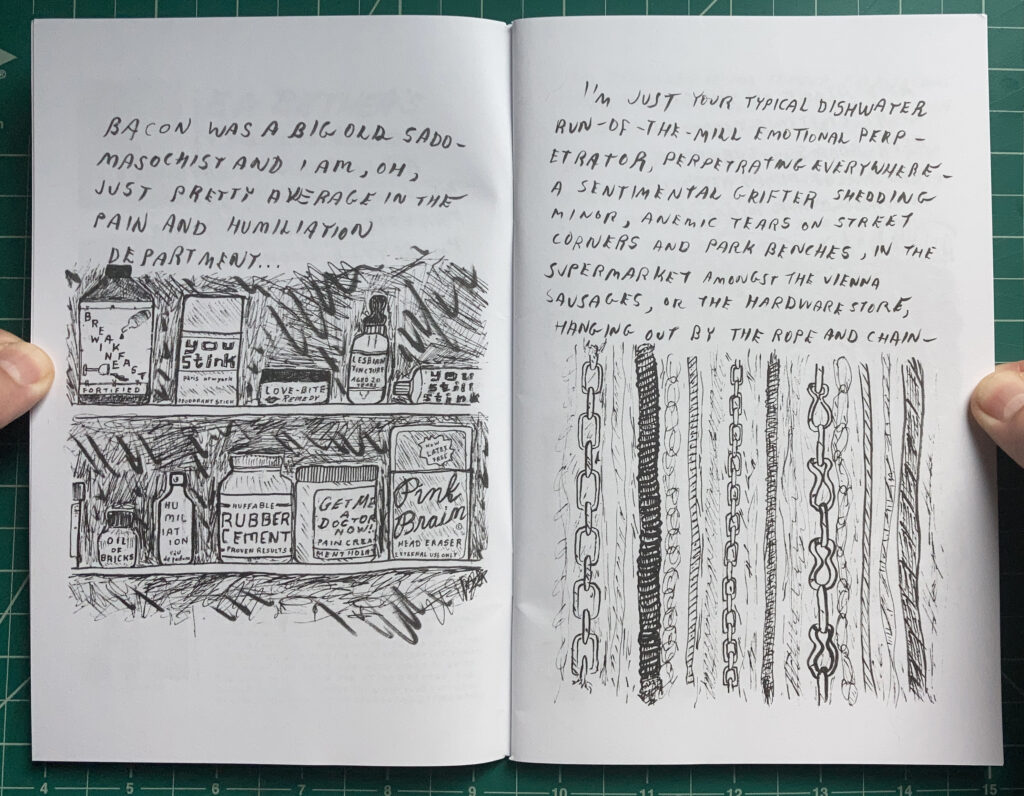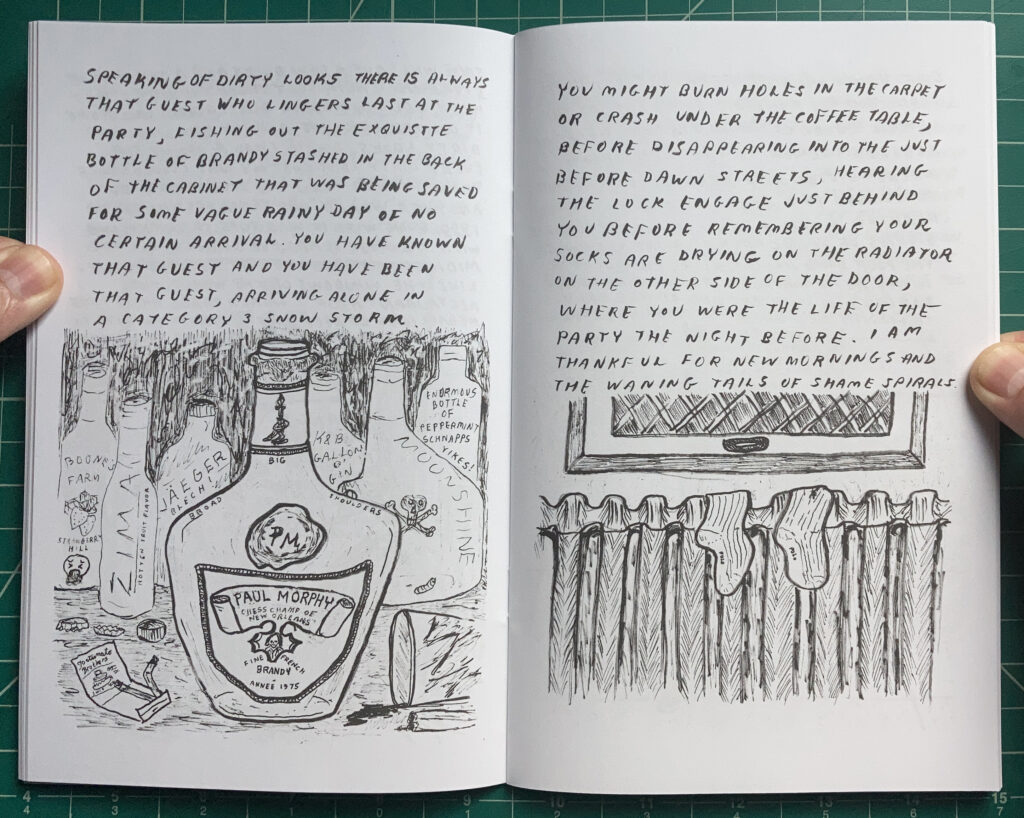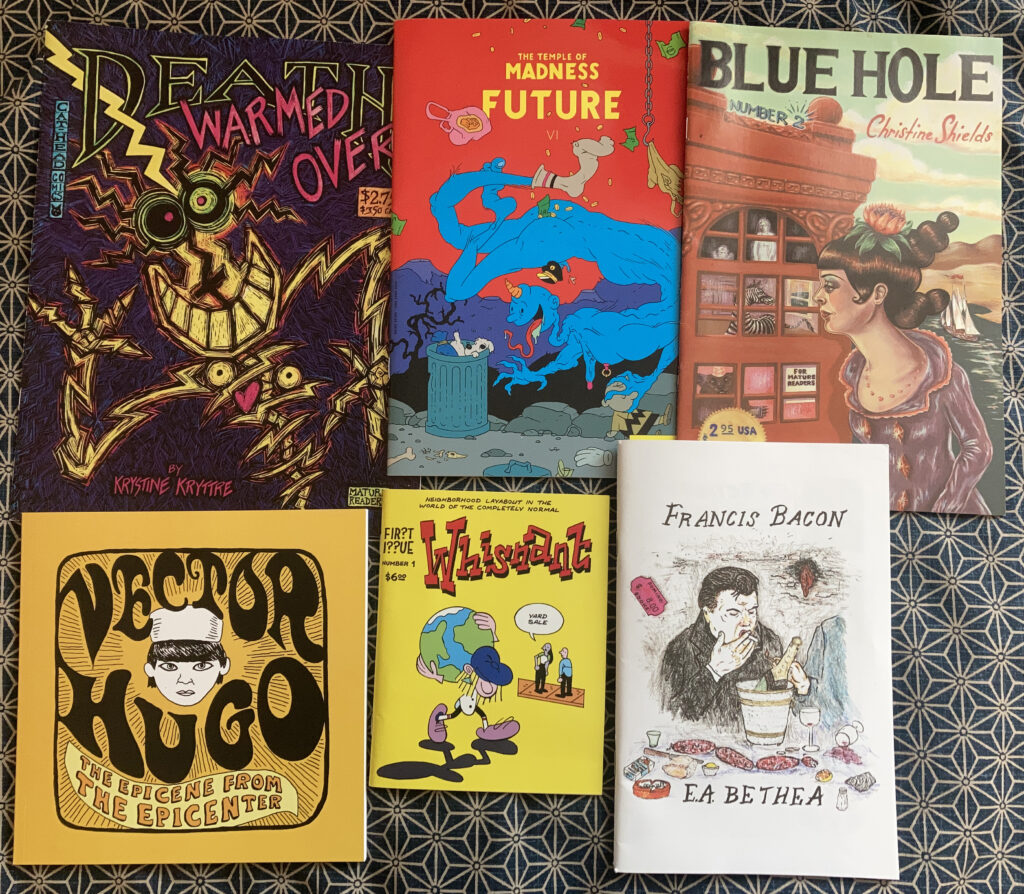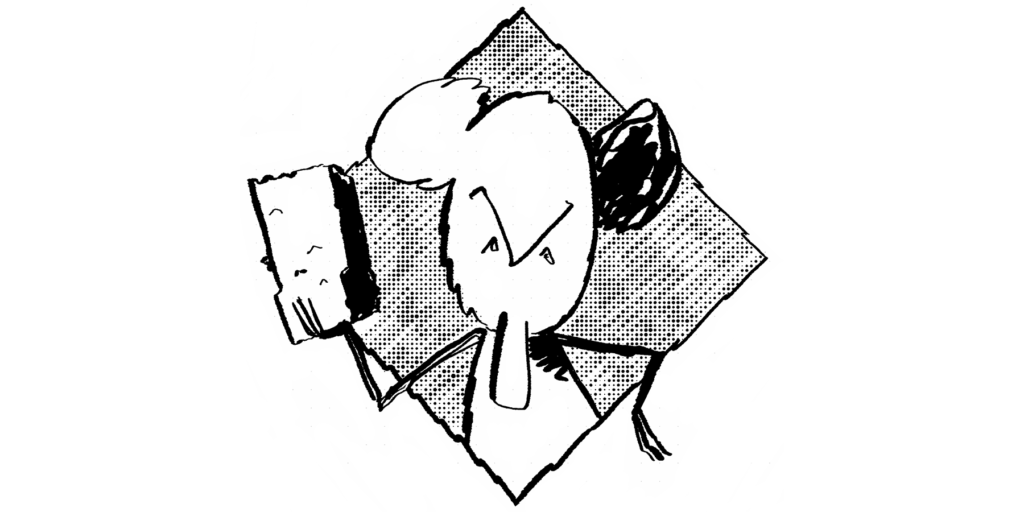Montana Diary by Whit Taylor
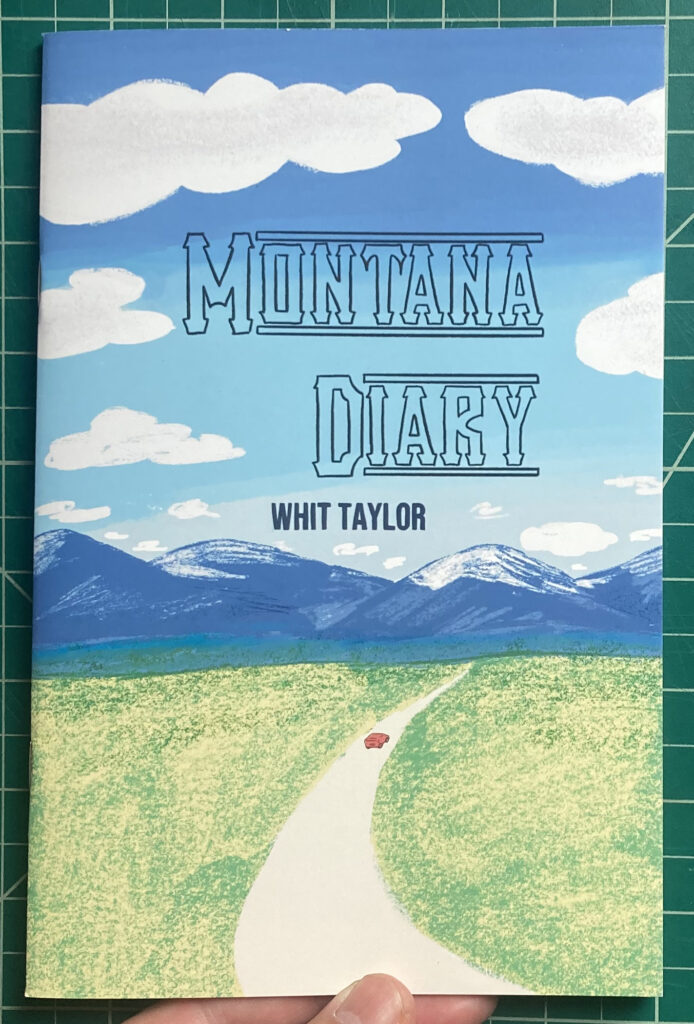
With Montana Diary cartoonist Whit Taylor uses an overtly modest approach to deliver a complex, subtle experience. As plainly stated by the comic’s title, it is a chronicle of Taylor’s vacation to Montana. And sure, it functions as an informative travelogue on one level, but more potent is the earnest presentation of the author’s response to the place.
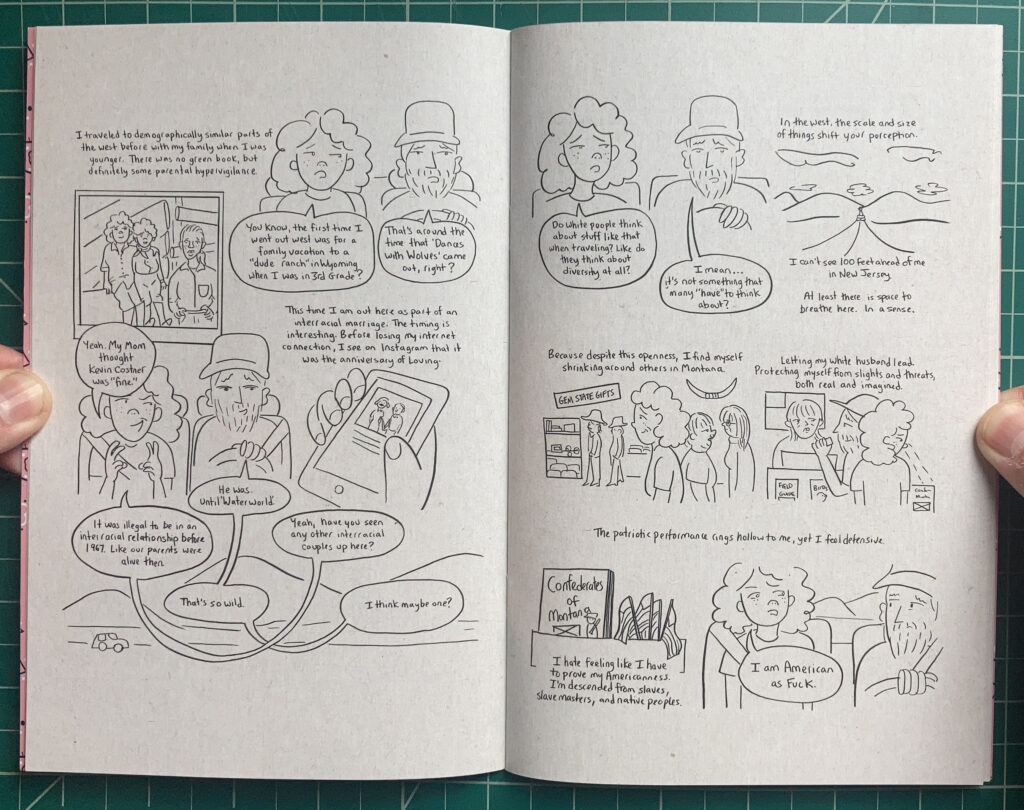
To call the artwork simple or stripped-down does it a disservice. Unpretentious, maybe? Elegant? I point it out because of how effectively it magnifies this comic’s impact. There’s nothing extra to get in the way of where the artist wants your attention. Every subtle gesture does work.
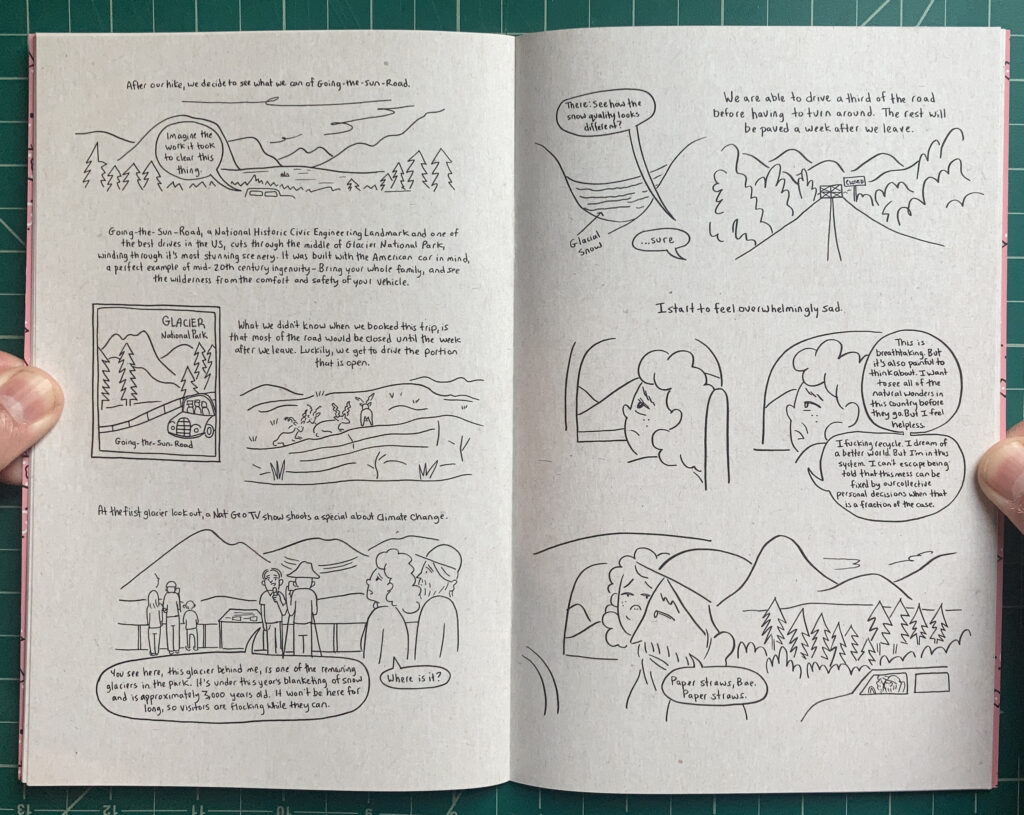
There’s a good deal of sadness in Taylor’s Montana trip. She visits a glacier melting away due to global warming. Reminders of America’s crimes against native tribes are everywhere in the West. And she feels defensive as a Black woman travelling in one of the whitest states that voted overwhelmingly for a racist demagogue. She processes these serious topics yet still appreciates it when there is beauty around her and finds humor all along the way. It’s a refreshingly true depiction of tourism, where the destination is not separate from the real world and the tourist confides in us her mixed emotions. I’d read one of these for every state.
- Get Montana Diary from Silver Sprocket
- Follow Whit Taylor on Instagram: @whitltaylor
- Whit Taylor’s website


